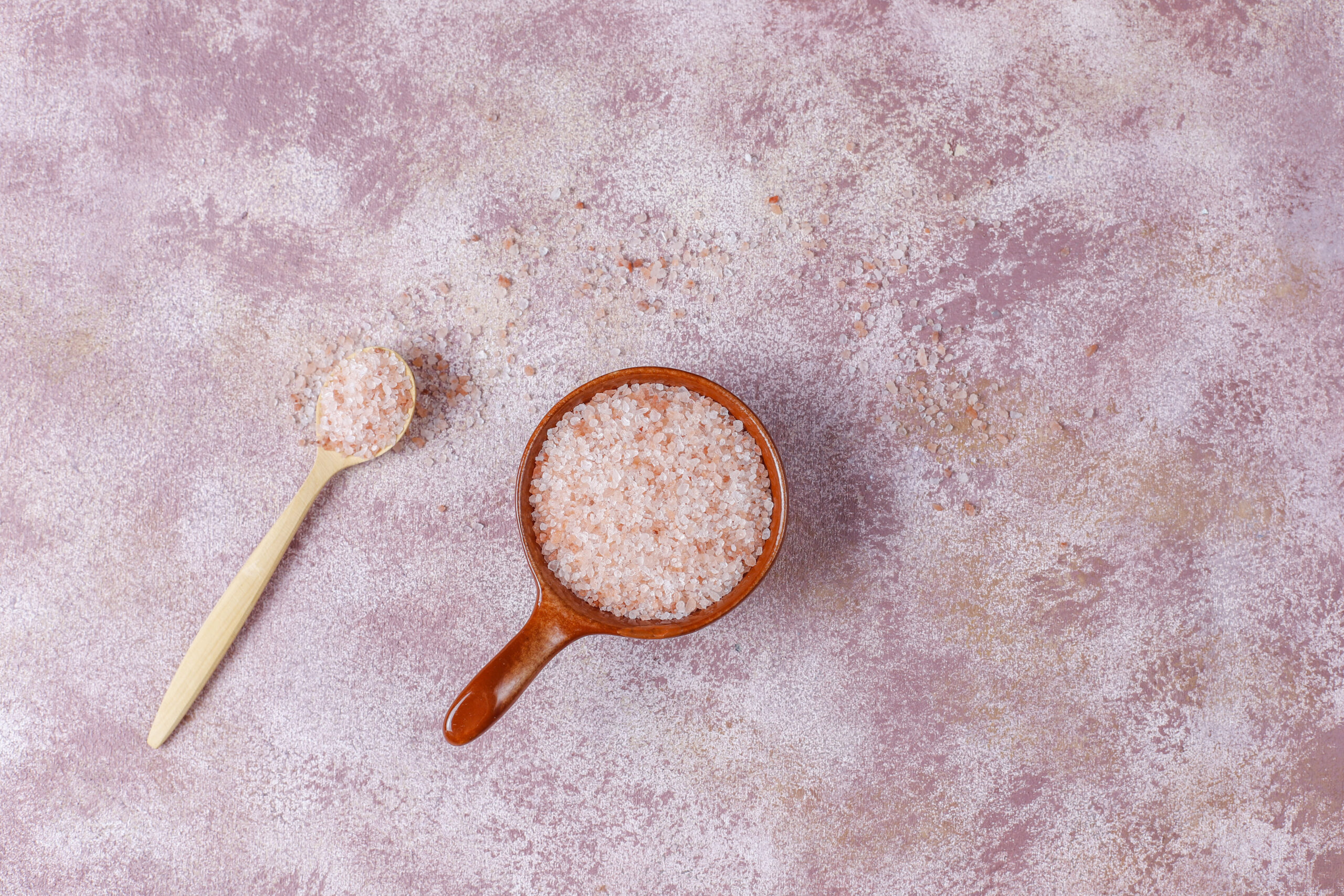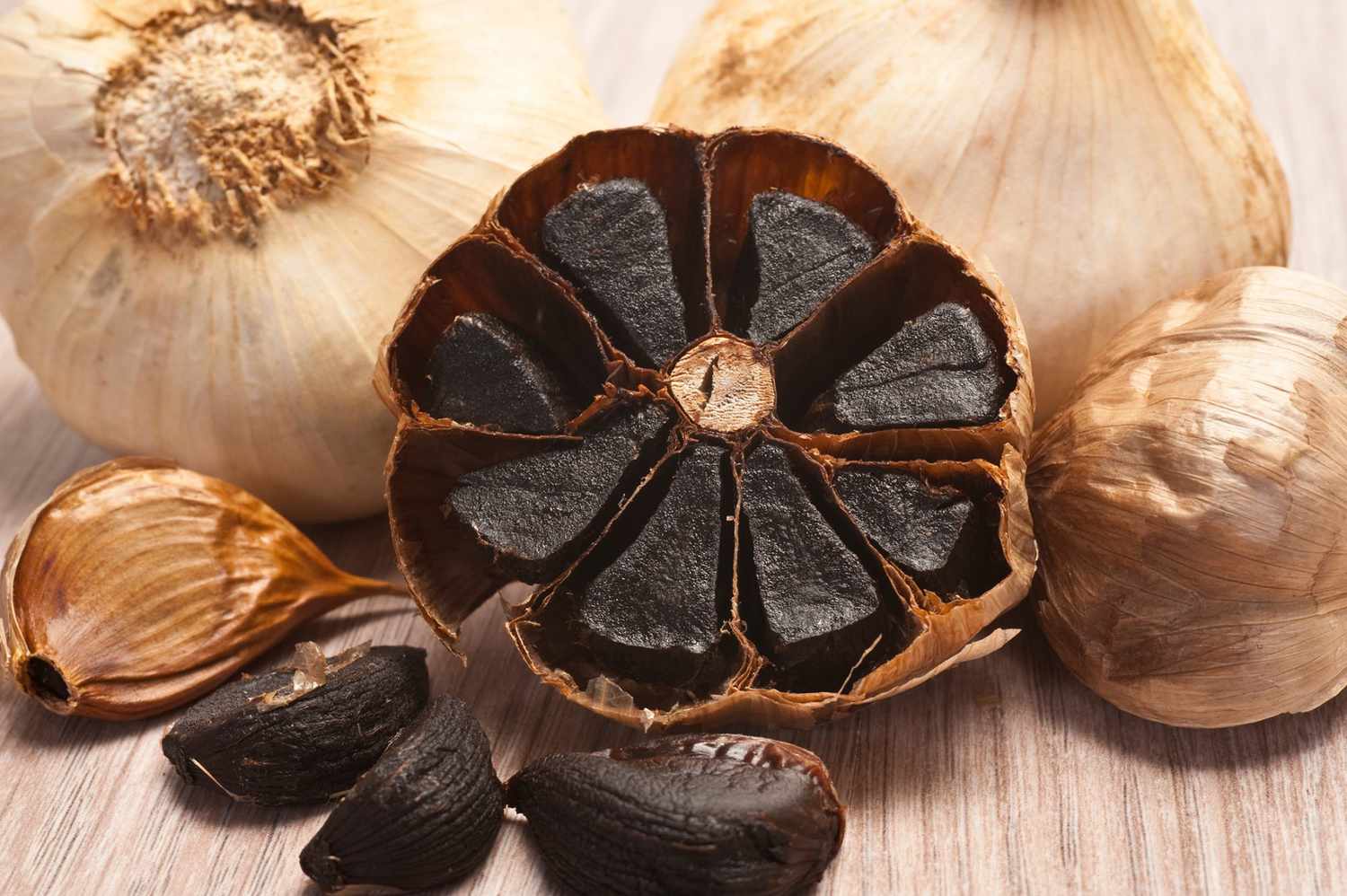Introduction
Salt is one of the most fundamental ingredients in cooking, but did you know that not all salt is created equal? From the pink hues of Himalayan salt to the flaky texture of Maldon sea salt, different types of salts bring unique flavors, textures, and even health benefits to your dishes. Chefs around the world are moving beyond regular table salt and embracing specialty salts to enhance their culinary creations.
In this article, we will explore the different types of salt, their origins, flavors, and best uses in cooking.
1. Himalayan Pink Salt: The Mineral Powerhouse
- Origin: Mined from ancient salt deposits in the Himalayas.
- Flavor Profile: Mild, slightly sweet, and less salty than table salt.
- Uses: Great for finishing dishes, seasoning meats, and even in salt blocks for grilling.
- Health Benefits: Contains trace minerals like potassium, magnesium, and calcium.
2. Maldon Sea Salt: The Flaky Favorite
- Origin: Hand-harvested from the coastal waters of Maldon, England.
- Flavor Profile: Delicate and crisp with a clean, briny taste.
- Uses: Perfect for sprinkling over steaks, salads, and desserts.
- Unique Feature: Large, pyramid-like flakes that dissolve quickly on the tongue.
3. Black Lava Salt: A Touch of Smoky Depth
- Origin: Found in Hawaii and Cyprus, infused with activated charcoal.
- Flavor Profile: Earthy, smoky, and slightly sulfuric.
- Uses: Ideal for finishing seafood, grilled meats, and roasted vegetables.
- Bonus: The activated charcoal is believed to aid digestion.
4. Fleur de Sel: The “Caviar of Salt”
- Origin: Harvested by hand from coastal salt ponds in France.
- Flavor Profile: Delicate, moist, and slightly floral.
- Uses: Best used as a finishing salt for chocolate, caramel, and fresh tomatoes.
- Luxury Factor: One of the most expensive salts due to its labor-intensive production.
5. Korean Bamboo Salt: The Ultimate Umami Boost
- Origin: Sea salt roasted inside bamboo stalks in South Korea.
- Flavor Profile: Deeply savory with a complex umami richness.
- Uses: Enhances broths, soups, and traditional Korean dishes like kimchi.
- Traditional Use: Used in Eastern medicine for its purported health benefits.
Conclusion
Salt is far more than just a seasoning—it’s a culinary tool that enhances textures, deepens flavors, and adds complexity to dishes. Whether you’re sprinkling flaky sea salt over a dessert or using Himalayan pink salt for grilling, experimenting with different types of salts can elevate your cooking to a whole new level.
Next time you reach for the salt shaker, consider trying something new—you might just discover a flavor revolution in your own kitchen!





